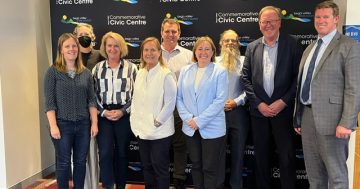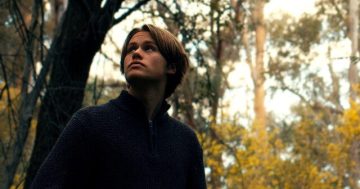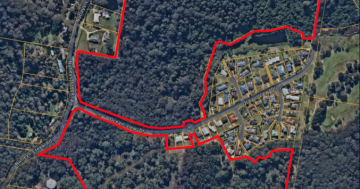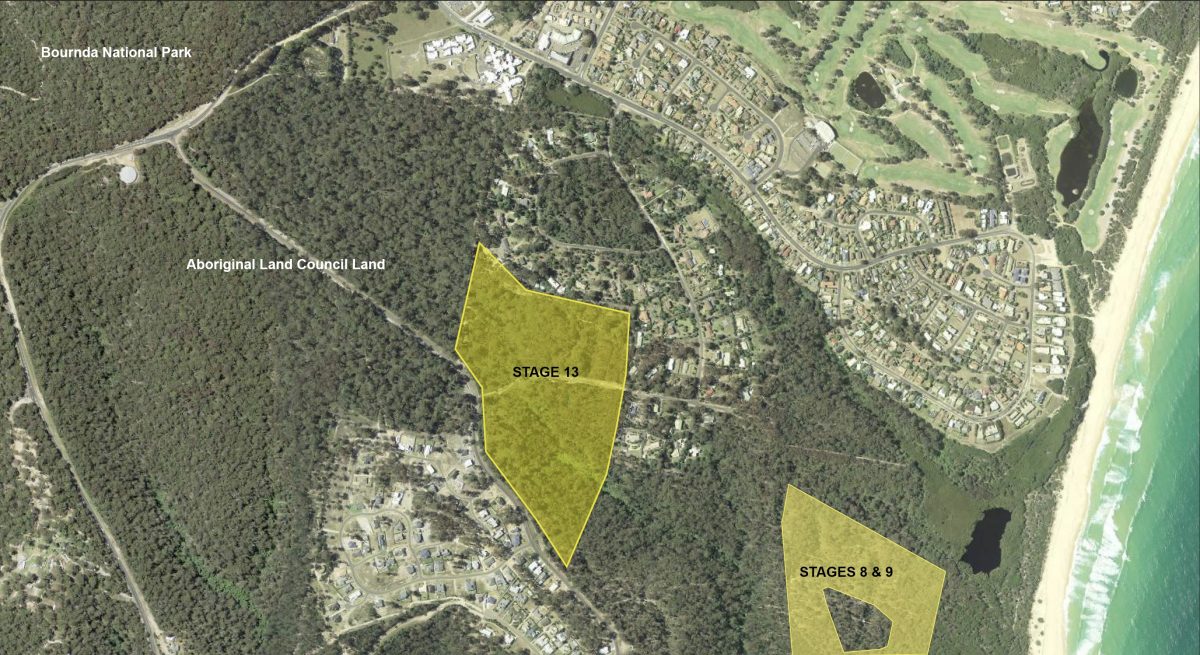
An aerial photograph of the area of the Stage 8, 9 and 13 Mirador developments. Photo: Supplied.
Far South Coast residents opposed to a development at Tura Beach that threatens a wildlife corridor have until Sunday (9 December) to make a submission to the Federal Environment Minister.
CRUNCH, a community group opposed to the development, only found out on Friday (29 November) that the development application (DA) covering Mirador Stages 8, 9 and 13 had been referred to the minister for review as an environmental protection and biodiversity conservation (EPBC) controlled action.
The EPBC Act invites people to make a comment on whether the proposed action within a referral is a ‘controlled action’. A controlled action is an action that the minister decides has, will have, or is likely to have, a significant impact on a protected matter. A controlled action is assessed further before the Environment Minister decides whether to support it.
In a statement issued on Sunday (1 December), the Friends of CRUNCH Committee, urged people “to point out to the minister that there will be a significant impact on protected matters and that the minister must reject this controlled action”.
The Mirador Stage 13 development was approved in 1989, making it a so-called zombie development.

The long-nosed potoroo is one of five threatened species on the site of Mirador Stage 13 development. Photo: Supplied.
“Had this project been assessed according to current environmental standards, consent would not have been granted without stringent conditions applied to the DA to protect flora and fauna, wildlife habitat and to prevent degradation of the downstream environment,” the statement said.
CRUNCH has recent evidence of the presence of five federally listed threatened species – long-nosed potoroo, yellow-bellied glider, swift parrot, gang-gang cockatoo and glossy black cockatoo – using the Tura Corridor as habitat.
CRUNCH president Alex Young said the Merimbula Star-hair plant, listed as threatened under NSW legislation, was also on the site. The plant has ‘SAII’ status meaning it is at risk of serious and irreversible impact.
She said it appeared the developer, RCL Merimbula, had self-referred the matter.
In a June 2024 submission to the NSW Government’s inquiry into historical development consents RCL Merimbula said it had received a letter from the Department of Climate Change, Energy, the Environment and Water in August 2022 identifying that the site may contain threatened and endangered species. The department advised RCL of its obligations to refer the site for consideration under the EPBC Act.
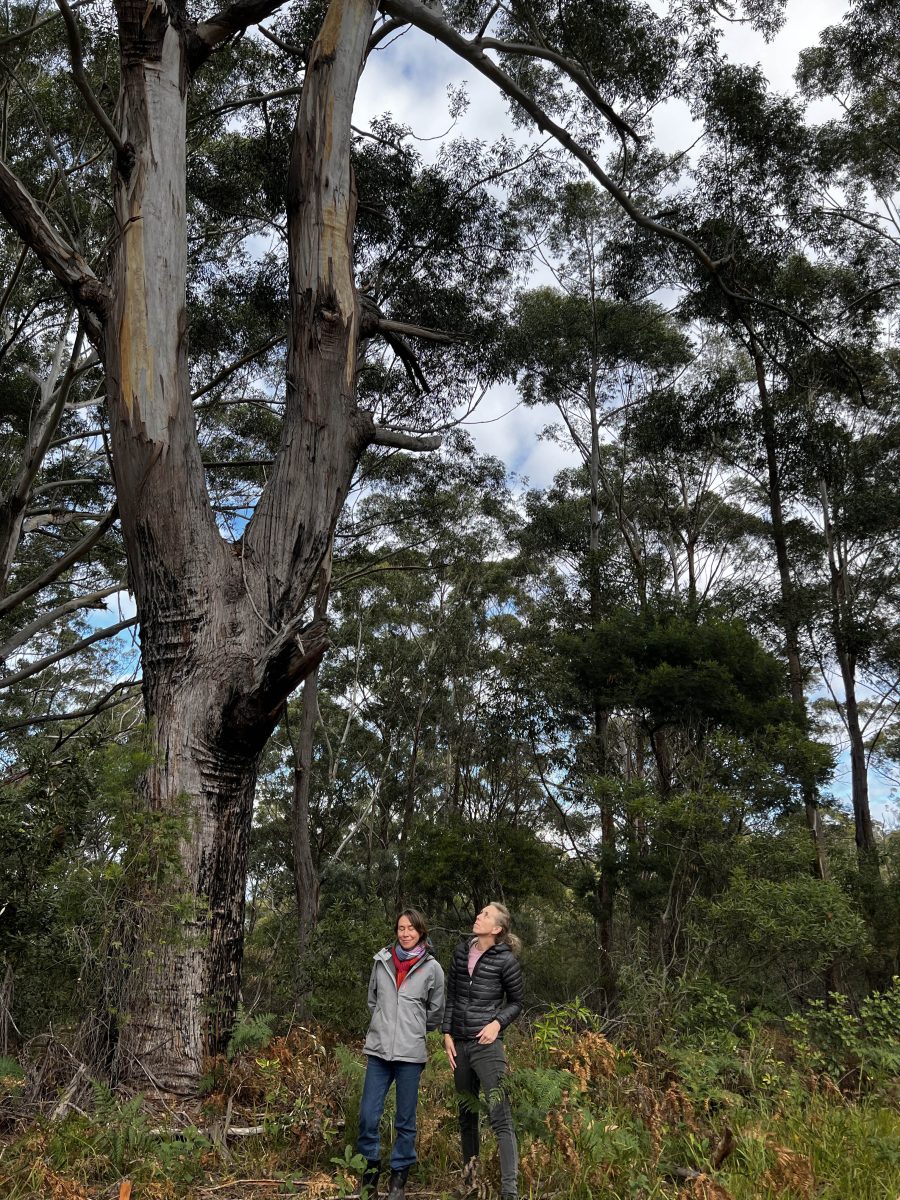
Tura Beach residents standing by mature eucalyptus habitat on the site of the Mirador Stage 13 development. Photo: Supplied.
Ms Young said the developer’s environmental consultants, Eco Logical, had clearly stated there were populations of yellow-bellied gliders and long-nosed potoroos on the site, as well as foraging habitat for the glossy black cockatoo, swift parrot and other threatened species.
“The developer knows how important the biodiversity is, and the importance of that wildlife corridor not just to threatened species but to all the animals to access water,” Ms Young said.
CRUNCH claimed the documents submitted by the developer “clearly underplay the significance of the impact of all three stages of the development”.
That was particularly so for Stage 13 where the documentation said the forest was remnant stringybark only. It omitted the many older growth trees, including mountain top ash, blackbutt and bloodwood with advanced hollows in the area.
CRUNCH claimed the development would result in the direct loss of breeding or foraging habitat for five species listed as threatened at the federal level, plus the direct loss of a significant number of the Merimbula Star-hair.
Furthermore, native fauna would be isolated in a coastal zone bordered by urbanisation, with no movement corridors or access to fresh water.
There were also the indirect impacts such as sedimentation, runoff and pollution to the Merimbula Back Lake catchment from the clear felling of more than 21 hectares of sloping land on sandy soils.
Ms Young claimed the land would be “literally razed to the ground. There will be no habitat left other than a handful of defined hollow-bearing trees which, given the lack of surrounding habitat, would become unviable to support species that would use the hollows,” she said. “However, based on the prior Mirador stages, it is clear that even those trees would be at risk of removal during the development process.”
People can make a submission on the development to the EPBC portal.
When news of the development emerged in 2022, Jacob Shields and Jordan Mundey made a two-minute video to alert locals. That became a 21-minute documentary that was screened at NSW Parliament. It premiered in March 2023 and started an unstoppable movement among South Coast youth for sustainable and environmentally safe housing.







